Professionals, weekend warriors, and DIY-ers have many tools in common, and almost all have a cordless drill in their workshop. What isn’t as common is understanding the difference between the different types of drills on the market. In this post, we’re breaking down the difference between an impact driver and a drill/driver.
Drill/Driver

Similar to a screwdriver, standard drills use torque and a rotational force to create holes and fasten screws, nuts, and bolts. The drill/driver often features a slip clutch. This clutch disengages when the drill/driver hits a certain amount of torque, avoiding snapping and stripping the fastener. Using standard twist drill bits allows you to drill holes of various sizes in various materials.
Common Uses
Cordless drills are commonly used for DIY projects, woodworking, and home improvement tasks. From drilling holes and screws to tightening bolts and setting nuts, the traditional drill can achieve multiple small applications.
Impact Drivers

High-torque Impact Drivers are used to drive screws and fasteners into materials using driver bits. Lightweight impact drivers utilize rotational power and feature a hammering action, setting them apart from traditional cordless drills and hammer drills. That helps maintain contact between the driver bit and the screw bit. Both the hammer action and higher torque create the power to accomplish various heavy-duty applications. However, don’t mistake an impact driver for an impact wrench. Impact wrenches have a ¼”, ⅜”, ½”, ¾”, or 1″ anvil and are designed for use with sockets. The impact driver has a ¼” ball detent hex shank quick release chuck, and while they can be used with sockets, they are more adaptable to other types of drill bits. The common feature of both is the rotational hammering action.
Common Uses
Cordless Impact Drivers can drill holes and fasten long screws into hard materials such as hardwood, metal, concrete, and drywall. Drive fasteners quicker and easier with the multifunctional impact drill that is ideal for tight spaces.
Impact Driver vs. Drill Comparison
Impact Driver | Drill/Driver |
|
|---|---|---|
| Torque: | 1700-1800 in-lbs (avg.) | 250-425 in-lbs (avg.) |
| Chuck Design: | 1/4" Hex with Ball Detent | Keyless chuck (hex bit or straight shank bit) |
| Variable Speed: | Yes | Yes |
| Noise: | Noisy | Quiet |
| Weight: | 2.5 lbs (avg.) | 3.9 lbs (avg.) |
| Length: | 5" | 7.25" |
Brushed and Brushless models are available |
||
Runtime will vary depending on the tool, battery, and application |
||
Final Thoughts
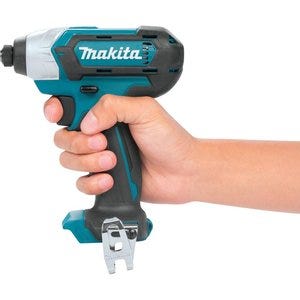
Determining between an impact driver and a drill for your shop depends on the application at hand. An impact driver will be best for larger, heavy-duty jobs. A drill/driver will perform better when drilling holes and driving fasteners. If you want a workshop tackling any job, select a combo kit that includes both drills.
Shop power drills, rotary sanders, regular drills, hole saws, and cordless drill drivers at an Acme Tools store location near you. Visit our online store to shop power tools from trusted brands like DeWalt, Makita, Milwaukee, and more.
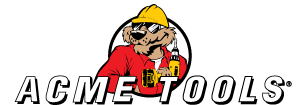
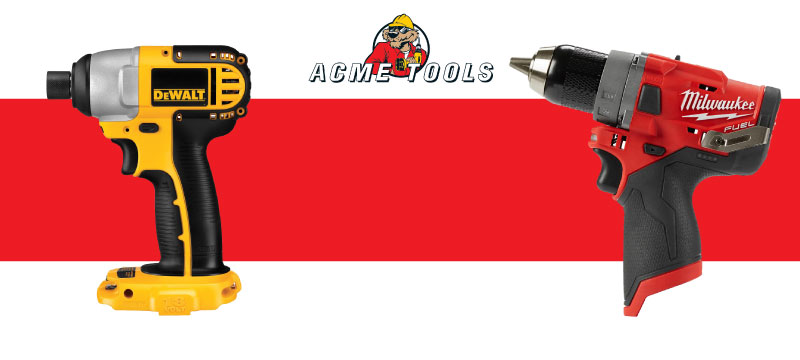
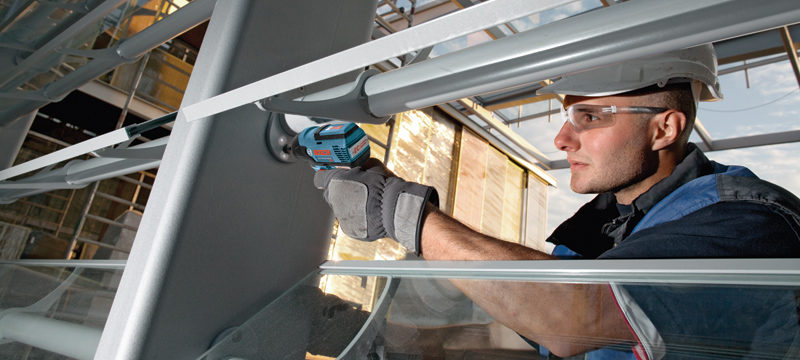
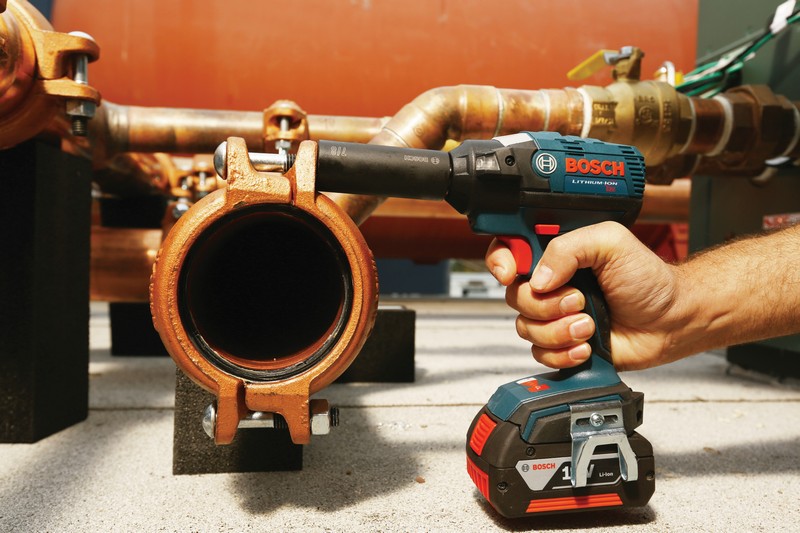
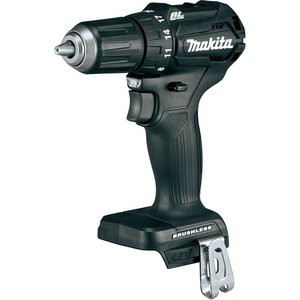
2 Comments
Richard Andrew
August 25, 2020 at 5:42 amWow! Great Post! Very informative helpful article. I found a lot of information from this share. Here you have explained the difference Impact Driver and Drill. Very informative to all.
Thanks, Author, for sharing such an informative article.
Willie
May 11, 2023 at 12:19 pmThank you for explaining the difference between an impact driver and a drill. I’ve always been confused about which tool to use for different jobs, and your post clarified things for me. One thing I’m still not sure about is whether there are any jobs that both tools can do equally well, or if there are certain tasks where one tool is clearly better than the other. Could you provide some examples of jobs where either tool could be used, and explain the pros and cons of each option? Thank you!